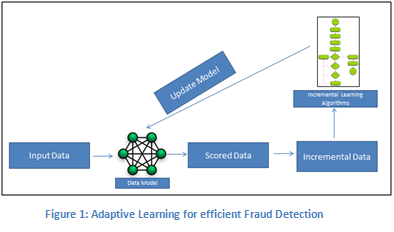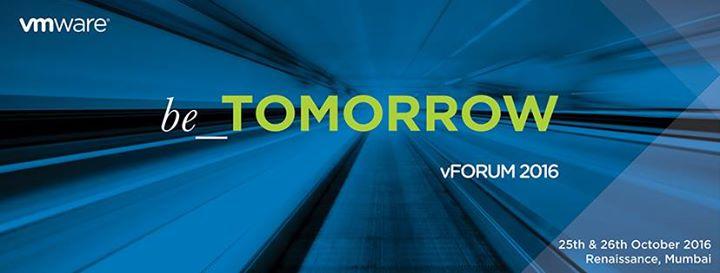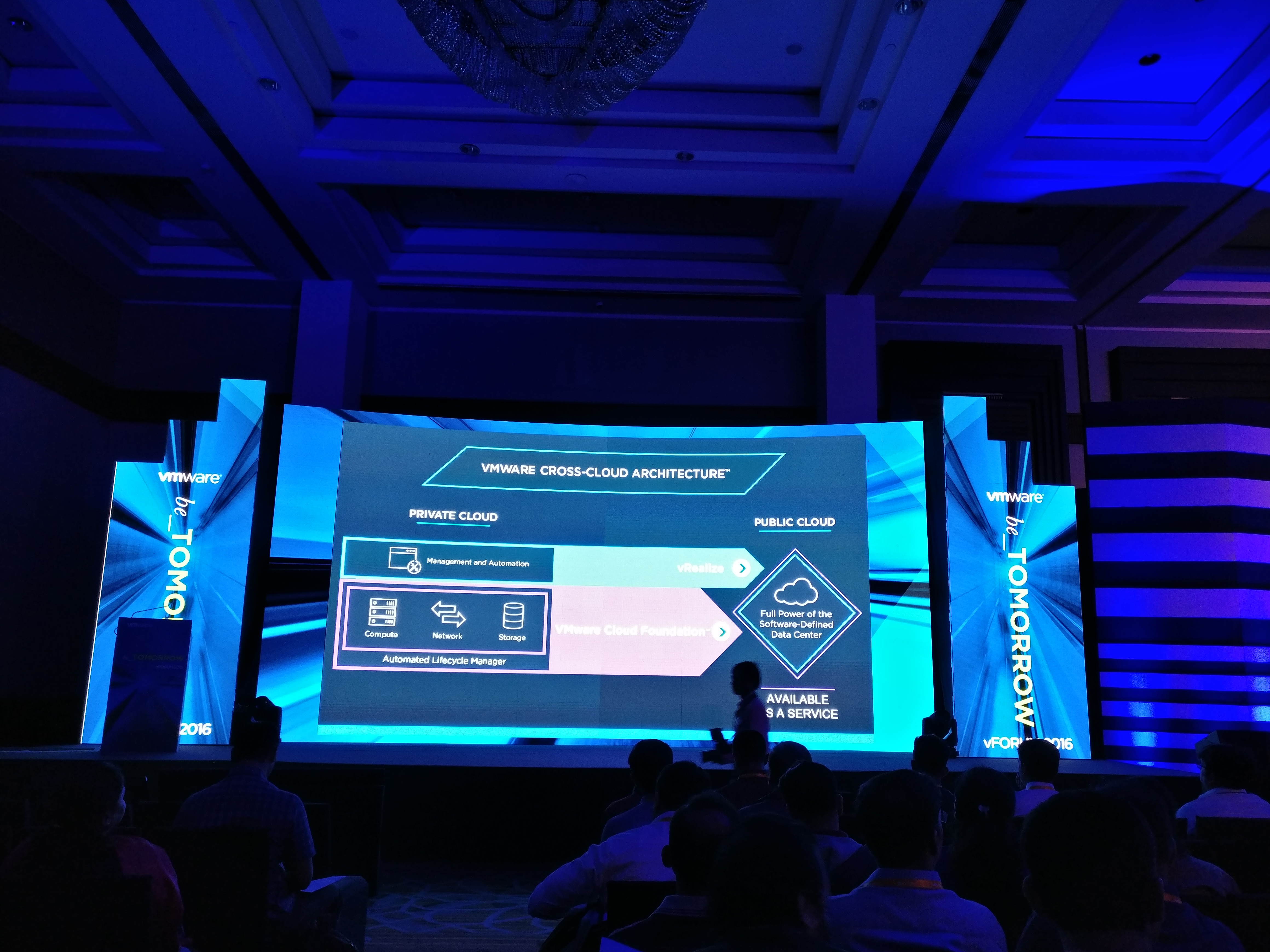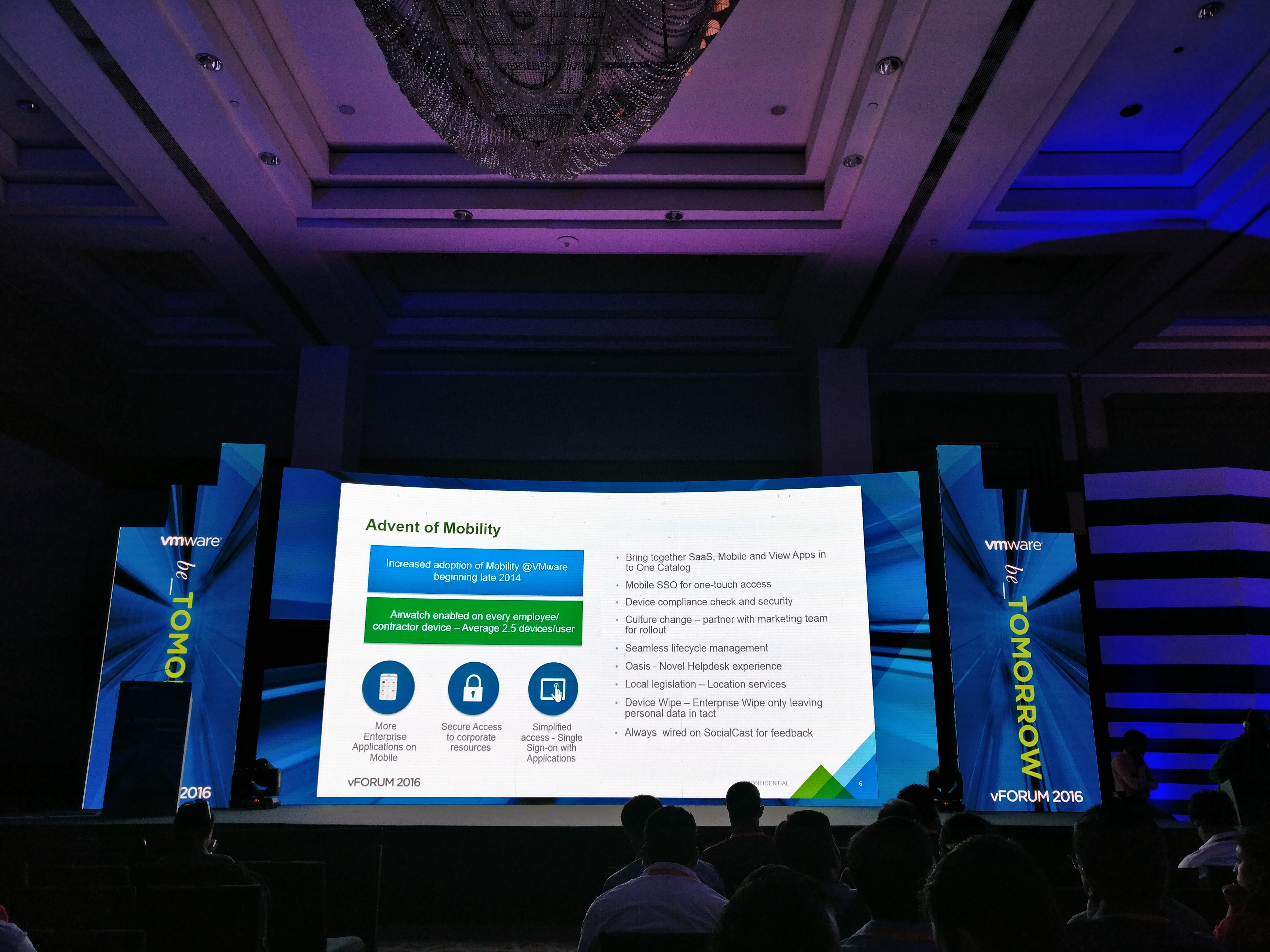Couple of years back when I was associated with an early stage startup where the product was it’s IP, it was critical for us to patent the product! Though it was couple of years back but entrepreneurs still face the mounting challenge around registering their startup, protecting trademarks, etc. (Source)
Ideas are born out of problems that you face and the same is true for Manmeet Singh, Founder & CEO of QuickCompany. Manmeet faced lot of legal hurdles while running his earlier startup and this is where he saw a market opportunity and QuickCompany was born!
Today we have a chat with Manmeet Singh about QuickCompany, entrepreneurial journey, learnings, tips for aspiring entrepreneurs, etc. So, let’s start with the Q&A…

How and when did you come up with the idea of QuickCompany
Manmeet Singh had a startup running for weddings on his personal account. He wanted to register a company, went to some CAs and realized the pain in running behind CA’s, getting work done and figured out why not do a start up which registers companies since it would solve the problem as bureaucracy is a big pain in India.
Can you give a small background about you and it’s founders ?
Manmeet is the Founder, CEO of QuickCompany. He has graduated from London and worked there for a couple years. After that he was working for MNCs and every product he made got popular and made the company rich. He figured its high time he should have his own startup and this is what made way for QuickCompany. You can find more about Manmeet here
QuickCompany is a very interesting name (since the name speaks for it’s service), what are some of the other potential names that came up while forming your company ?
We wanted to emphasize on Speed and Low cost of registrations. At the same time, we also wanted a name which is very simple to remember and can click in the minds of our customers. Hence, we chose QuickCompany, some of the potential options were Rocket Registration, GoLimited (Inspired from GoDaddy) and RabbitRegistrations.
What are some of the crucial learnings for you (as an entrepreneur) when you started QuickCompany ?
There are many learnings so far and the list just keeps on growing day by day. Some of the top learnings are below:
1. Pick a fight, if you know you are right (since the CAs might be over charging)
2. Engineering is the easy part, people management is more difficult
3. Market Products are overrated (We were using Sales Force and Lead Squared and thought they were not good enough)
4. Bi-Products can be highly valuable (We made our own ERP)
5. You can do big things with a small team (We only have 3 developers including the founder, no designers, no network people) and still we have a kick-ass product
6. Decision making is progress
Please walk us through the Business Model of QuickCompany
It is a simple model, we charge you a small fee per registration. The more the registrations the lower the price (as the Internet is all about multiples).
What are some of the services that startups can look forward to when approaching QuickCompany
IP, Trademarks, Registrations and Taxes
So far based on your insights(and services so far offered to startups), what are some of the biggest pain-points of entrepreneurs w.r.t IPR, Company registration, etc.
All Startups seek funding. Funding is Plan Z not Plan A, no one builds a startup to solely get into the funding game. Entrepreneurs start companies to change the world! Idea is worth nothing. It is all about execution (Google is not the first search engine, iPhone is not the first smartphone, Tesla is not the first battery Car). We learnt at 91Springboard that startups generally have big plans but many of the startups fail since there is no product or execution. They are unable to convert the grand vision into a viable and market-fit product.
How does QuickCompany stack up against it’s competitors ?
We have a very lean team. We are technology based not people based. In the year 2015, QuickCompany was only 1 year old and we achieved the same registrations as our competitors! That was a very significant milestone for us at QuickCompany. Many of our competitors brag about 160 people in a team, we like to keep lean. We are able to provide more services to our clients with less burn-rate since we are only a team of 30 people in QuickCompany.
Can you please shed some light on what care startups need to take care of especially if their idea is highly technology based (and their idea is the IP) ?
This is a myth, it is not about the technology you use but it is about having the right product fit. If you have a hammer you tend to see every problem as a nail. The mantra is Always be focused on the problem you are trying to solve, everything else is secondary.
Solve problems of the future in the future. Your startup does not need Big Data and Enterprise solutions, start up small and as you grow learn, change and evolve.
Key is to be lean. Overhead walks on 2 legs, it becomes really difficult to get rid of dead weight if you gain some. That is one of the fundamental reasons why so many heavily-funded startups are laying employees in huge numbers!
Is QuickCompany bootstrapped/VC funded and are you looking out for funding ?
Bootstraped. As mentioned earlier, Funding is Plan Z and we adhere to that policy. Look for funding only when necessary & required. The point is many startups get over-funded and many times that is also a bigger worry!
When according to you should an entrepreneur look out for external funding ?
When there is no choice and when the entrepreneur is run out of funds from FFF (Friends, Family and Fools).
Some tips for aspiring entrepreneurs and something that keeps you motivated everyday for your startup ?
Passion is overrated and will burn out. You need a system, not a goal. To give you an example if you exercise everyday regularly, you will have the body of a model and that is what is termed a system. It is always best to ensue things, not pursue things.
Your thoughts on Digital India and how it has sprung the entrepreneurial zeal in India ?
There is a lot of zeal but somehow the talent that you find in the market is sub-standard. We only believe in one thing – To have mastery in what we do and that is what keeps us ticking all day long!
Some tips on Scaling up and Hiring especially for SME’s
Scaling up is a post process of marketing. There is no point having big warehouse and operations teams since that would add up to your operational expenses. Scaling up is a very organic process. To give you a perspective, think of it as drug dealing – if Walter White deals in the best Crystal Meth, he better find a way to scale else very soon the growth will be flat instead of showing a hockey-stick curve!
How much important is Marketing & Brand building for startups ?
In the initial year, branding does not count for much. After you hit a critical mass and a super service, it counts a lot.
Any closing thoughts for our readers on entrepreneurship ?
Do not Start, if you do not have perseverance. It will suck the life out of you, always remember 99.99% will fail and hence, building a startup is a beautiful journey with many ups and downs (which are all a part and parcel of the game).
If you have any questions for the QuickCompany Team, please leave them in the comments section.


















 the verge of a telecom transformation as 4G speed becomes a reality for the country’s average household. High speed data connectivity will also revolutionise banking transactions and open new vistas of innovation. While majority of banking transactions have already gone digital, ‘Kotak Now’ aims to completely digitise banking by offering paperless account opening via mobile.
the verge of a telecom transformation as 4G speed becomes a reality for the country’s average household. High speed data connectivity will also revolutionise banking transactions and open new vistas of innovation. While majority of banking transactions have already gone digital, ‘Kotak Now’ aims to completely digitise banking by offering paperless account opening via mobile.